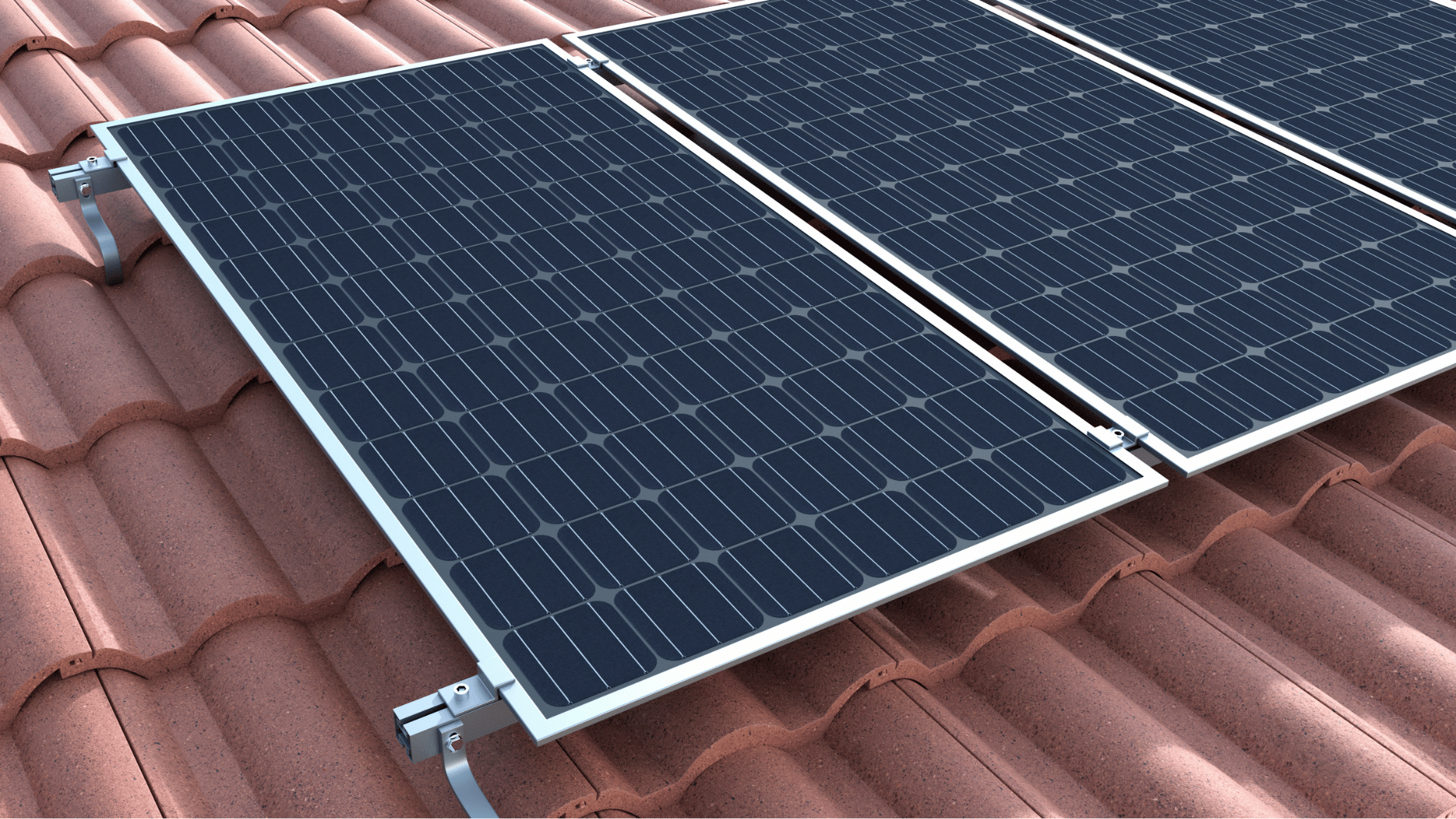Image source: Canva.com
As the global demand for clean and renewable energy grows, photovoltaic (PV) systems have emerged as a vital solution for harnessing solar energy. PV systems convert sunlight directly into electricity, offering an environmentally friendly and sustainable energy source. This article explores the components, types, applications, and benefits of PV systems.
What Are PV Systems?
Photovoltaic (PV) systems utilize solar cells to convert sunlight into direct current (DC) electricity through the photovoltaic effect. This process relies on semiconducting materials, such as silicon, which generate an electric current when exposed to sunlight.
PV systems are modular and scalable, making them suitable for various applications, from small-scale residential setups to large utility-scale solar farms.

The Function and Technology of Photovoltaic Cells
Key Components of a PV System
A PV system typically consists of the following components:
Solar Panels (Modules): Solar panels are composed of interconnected solar cells that capture sunlight and generate electricity.
Inverters: Inverters convert the DC electricity produced by solar panels into alternating current (AC) electricity, which is compatible with most household appliances and the power grid.
Mounting Systems: These structures secure solar panels on rooftops, ground surfaces, or other installations, optimizing their angle and exposure to sunlight.
Battery Storage (Optional): Batteries store excess electricity generated during the day for use at night or during cloudy periods.
Charge Controllers: These devices regulate the flow of electricity to batteries, preventing overcharging or deep discharging.
Monitoring Systems: Monitoring equipment allows users to track the performance and efficiency of their PV systems in real-time.
Types of PV Systems
PV systems can be categorized into three main types:

Grid-Tied Systems:
- Connected directly to the electrical grid.
- Surplus energy can be fed back to the grid, often compensated through net metering or feed-in tariffs.
- Cost-effective but dependent on grid availability.

Off-Grid Systems:
- Operate independently of the power grid.
- Require batteries for energy storage.
- Ideal for remote or rural areas without grid access.

Hybrid Systems:
- Combine grid-tied and off-grid capabilities.
- Utilize batteries to store energy while remaining connected to the grid for backup power.
Applications of PV Systems
PV systems have diverse applications across various sectors:
Residential Use
Rooftop solar installations provide clean energy for households, reducing electricity bills and carbon footprints.
Commercial and Industrial Use
Businesses adopt PV systems to lower operational costs and achieve sustainability goals.
Utility-Scale Solar Farms
Large-scale PV installations supply electricity to the grid, contributing significantly to national energy needs.
Remote and Rural Electrification
Off-grid PV systems provide power to remote communities, improving access to electricity.
Specialized Applications
PV systems are used in satellites, solar-powered vehicles, and water-pumping systems.
Advantages of PV Systems
Renewable Energy Source: PV systems rely on sunlight, a limitless and clean energy source.
Environmental Benefits: They produce no greenhouse gases or air pollution during operation.
Energy Independence: Reduces reliance on fossil fuels and imported energy.
Cost Savings: Over time, PV systems lower electricity bills, and many governments offer financial incentives and tax credits.
Scalability and Flexibility: PV systems can be tailored to meet specific energy demands.
Minimal Maintenance: With no moving parts, PV systems require minimal upkeep and have long lifespans.
Challenges and Future Prospects

While PV systems offer numerous benefits, challenges such as high initial costs, weather dependency, and the environmental impact of manufacturing and disposing of solar panels remain. However, ongoing advancements in solar technology, such as improved cell efficiency, innovative storage solutions, and recycling methods, are addressing these issues.
The future of PV systems looks promising as global initiatives push for carbon neutrality and renewable energy adoption. With continued investment in research and development, PV systems are poised to play a central role in achieving sustainable energy goals.
Photovoltaic systems represent a powerful tool in the global transition to renewable energy. Their ability to harness solar power efficiently and sustainably makes them a cornerstone of the clean energy revolution. As technology evolves, PV systems will continue to become more accessible, reliable, and integral to modern energy solutions.





